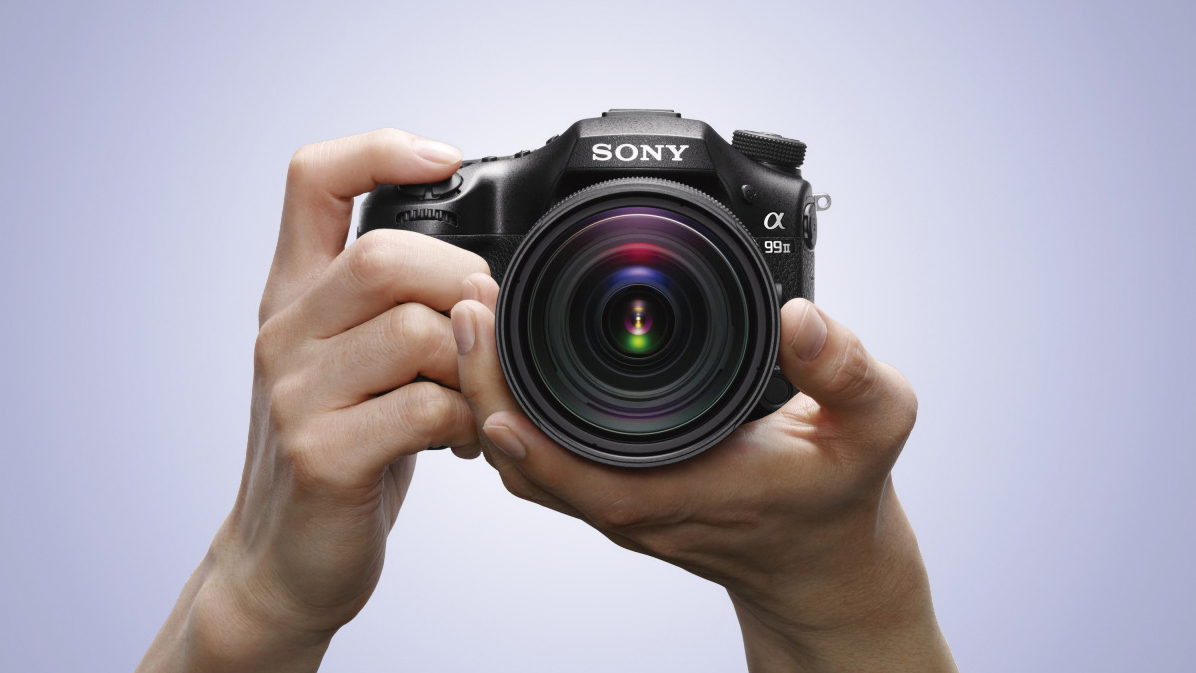TechRadar Verdict
Sony has made some significant changes from the original A99 for this latest iteration, and the result is a camera that should satisfy a broad range of users, whether they tend to focus on stills or video. While some issues from the A99 remain, it’s generally enjoyable to use and capable of excellent results.
Pros
- +
Well-rounded feature set
- +
Superb overall image quality
- +
Fast focusing system
- +
Seamless LCD/EVF use
- +
Highly flexible LCD screen
Cons
- -
Relatively short battery life
- -
Can be sluggish at times
- -
No touchscreen
- -
No in-camera raw processing
Why you can trust TechRadar
Sony may have enjoyed great success with its full-frame Alpha-branded compact system cameras, but the arrival of the A99 II shows it hasn't given up catering for pro users with its DSLR-like SLT system.
With a high-resolution, full-frame sensor on board and plenty of exciting tech alongside, Sony clearly believes that not everyone who's after a DSLR-style camera necessarily wants one of the more traditional offerings from the likes of Canon, Nikon and Pentax.
The new model adheres to the same SLT concept as the camera’s forebears, with a translucent, non-moving mirror that directs the majority of the incoming light to the imaging sensor and the remainder to an AF module.
It serves as an update to the four-year-old Sony Alpha A99, and combines the form and advantages of the SLT line with features similar to those seen inside more recent A7-series models.
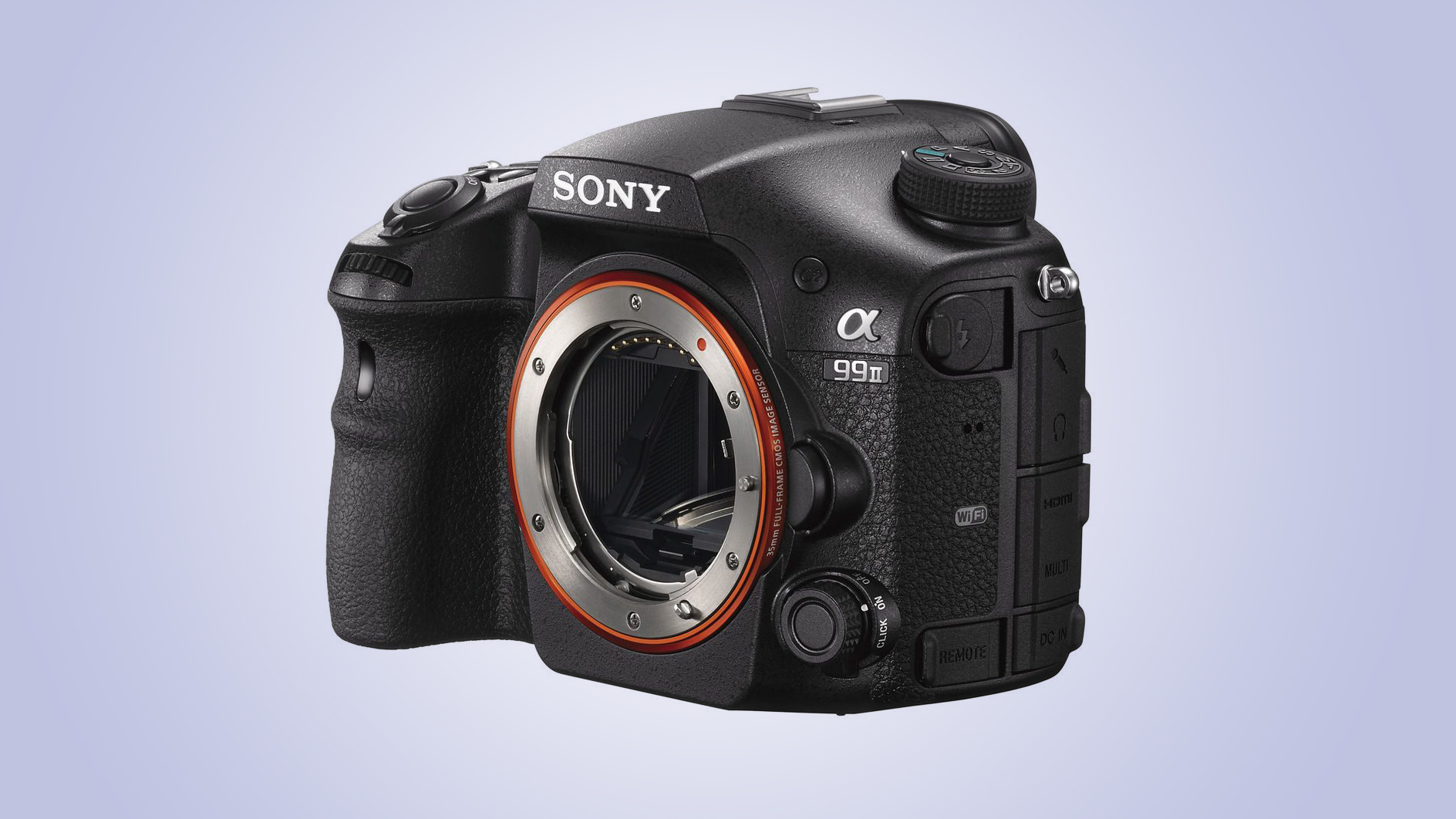
These include a 42.2MP sensor, which appears to be very similar to the one inside the A7R II, together with a five-axis, sensor-based image stabilisation system – something not offered by Nikon or Canon rivals.
Normally models with such a high pixel count don’t have speed as a priority, although the A99 II defies expectations by offering 12fps burst shooting with AF and auto-exposure working throughout. Add in 4K video recording and this camera appears to be catering for many users’ needs at once.
Currently, the A99 II is likely to be considered against the likes of the Canon EOS 5D Mark IV, Nikon D810 and the Pentax K-1. And, while it’s beaten on price by the latter two – and by some margin too – it arguably offers one of the most well-rounded spec sheets we've seen.
Features
- Full-frame back-illuminated Exmor R CMOS sensor, 42.4MP
- BIONZ X processor
- 4K UHD video capture
While the original A99 made do with a 24.3MP full-frame sensor – perfectly respectable at the time of its release – the A99 II is furnished with something much more powerful. The back-illuminated Exmor R CMOS sensor has an effective pixel count of 42.4MP, and features gapless microlenses to help funnel as much light as possible into each photosite. There's no anti-aliasing filter to enable better detail retention, and Sony has primed it with an anti-reflective coating too.
As with some of Sony’s other recent sensors, the one featured here makes use of copper wiring around its rear for faster data transfer. Sony is also said to have developed a new front-end processor for the sensor to help cope with the amount of data being pumped through (which is in addition to its separate BIONZ X processing engine). Its sensitivity range of ISO100-25,600 is fairly standard for such a sensor, but you can broaden this to settings equivalent to ISO50 and 102,400 where necessary.
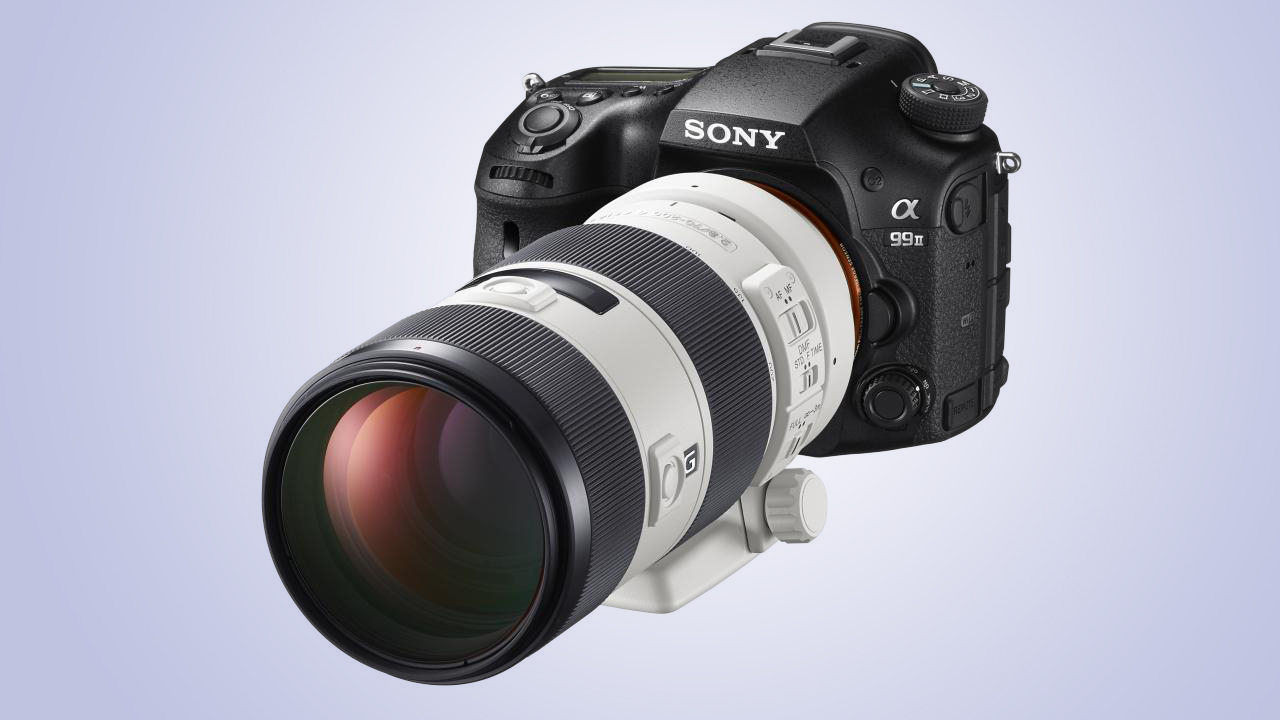
The camera also benefits from a five-axis image stabilisation system, one that promises a maximum 4.5EV step advantage over unstabilised shooting. This may sound similar to the systems incorporated into second-generation A7 models, although Sony states that the system found here is new.
4K video recording, which has featured widely on Sony’s previous cameras but never before on an A-mount Alpha model, has been integrated into the feature set, and this is capable of recording at 100Mbps using the XAVS C codec. Unlike some other cameras that crop to the centre of the sensor when recording 4K footage, the A99 II uses the sensor’s entire width (although it is possible to record at a Super 35mm crop too). Video recording is also supported by new 'Slow & Quick' option, which allows the frame rate to be adjusted between 1-120fps, while S-Log profiles have also been thrown in, as has the option to output clean footage through the camera’s HDMI port.
The original A99 was no slouch with regards to burst shooting, capturing images at 6fps at full resolution and up to 10fps in a cropped setting, but Sony has now boosted the former figure to 12fps. Not only is this impressive when you consider the camera’s resolution, but also because autofocus and auto-exposure is maintained between frames when set to this option.
The camera’s shutter speed range runs from 30 seconds up to 1/8000 sec, with a bulb option also provided. This is pretty much as expected for a model of the A99 II’s class, although it’s worth noting that many compacts and compact system cameras offer top shutter speeds in excess of this though electronic shutters. Flash sync speed, meanwhile, is set to 1/250 sec, which is also pretty standard for a pro-grade model such as this.
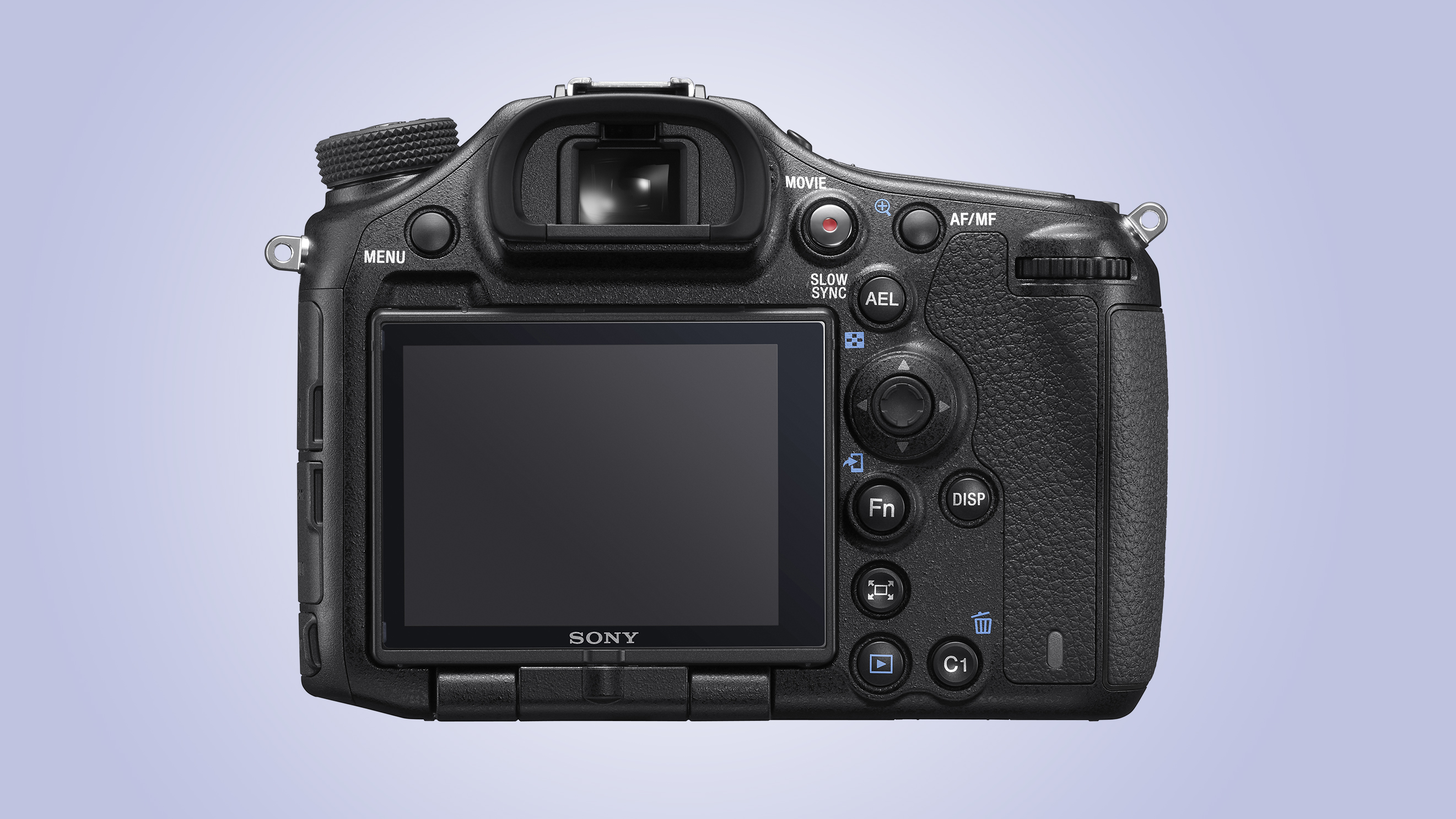
The rear LCD screen maintains the 3-inch dimensions and 1,228k-dot resolution of the A99's, and the clever tilting mechanism on which it's mounted. The viewfinder above it is also similar to the one we saw previously, being centered around an 0.5-inch-type OLED panel that offers a 2,359k-dot resolution, although Sony has increased its magnification from 0.71x to 0.78x. In practice, this means the view will be larger, which in turn allows for details to be seen more clearly.
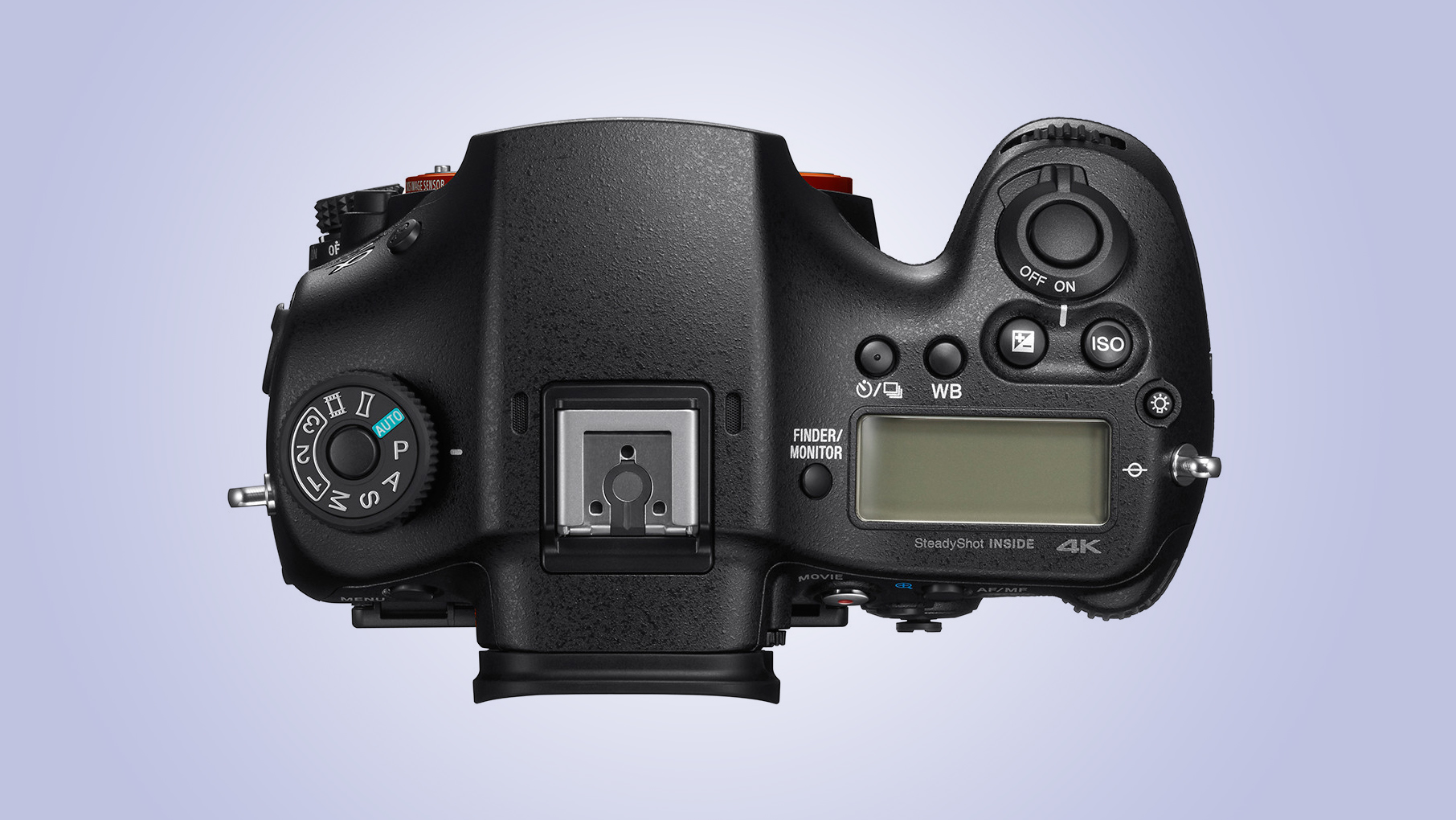
Unsurprisingly for Sony the camera has been primed with a whole suite of connectivity options, with Wi-Fi, NFC and Bluetooth joining USB and HDMI micro ports on the camera’s side. All images and videos are sent to the user’s choice of SD, SDHC and SDXC media, with support for the UHS-I standard, although Sony’s Memory Stick Pro format can also be used in one of the camera’s two card slots.
Battery life is rated at around 390 images when using the viewfinder, and around 490 frames when using the rear LCD, and Sony reckons you should be able to record around 135 minutes of video when shooting continuously.
